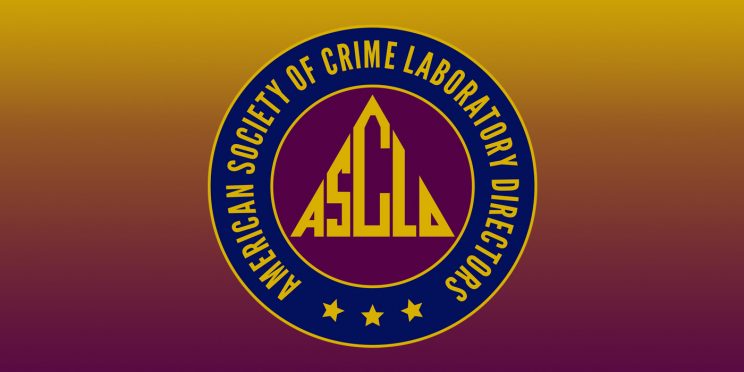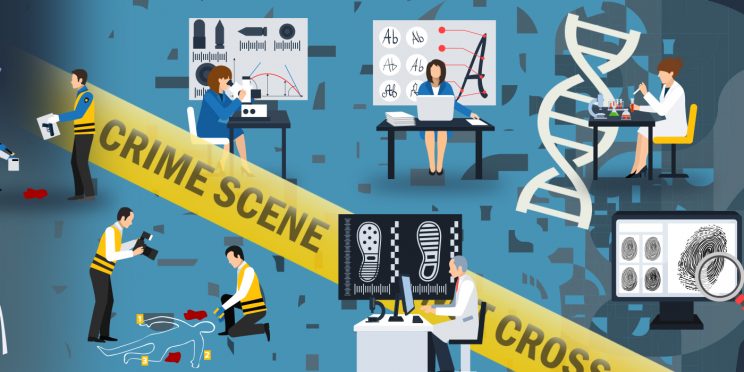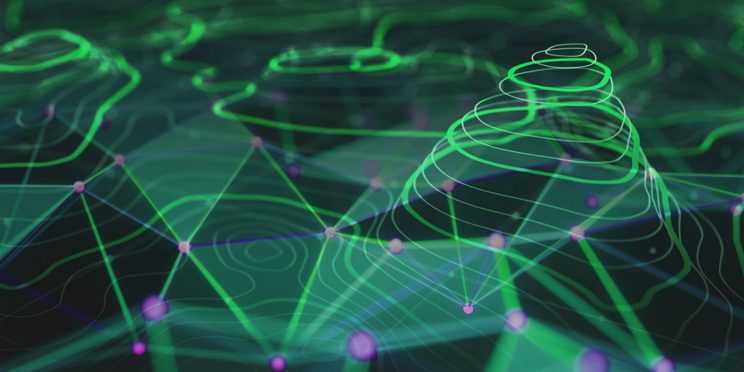Date
December 2016
Overview
The objectives of this landscape study are to: Inform the forensic professional concerning the application of optical topography in the crime laboratory; Compare available instruments, some of which are not commonly used for forensics; Discuss barriers to broader adoption of optical, topography-based solutions; Provide practical and technical considerations faced by crime laboratory practitioners who may plan to adopt optical topography in their laboratories; and Provide an overview of ongoing developments of the technology and associated standards.
The field of firearms identification is undergoing a major change in technology and capability with the introduction of optical topography into forensic laboratory practice. Optical topography provides a three-dimensional (3D) view of the surface of a bullet or cartridge case at resolutions that capture the full range of subclass and individual characteristics. This technology offers an additional method to the comparison microscope for one-to-one firearm evidence comparisons, and may provide an objective measurement of similarity toward a possible source identification. Separately, many laboratories now have access to systems designed for database searches based on topographic data, and some have applied the technique as a method to produce intelligence leads in unsolved cases or as a complement to the comparison microscope. Typically, the instrument permits more rapid and accurate searches of reference collections than traditional microscopy could provide. Combined with the National Integrated Ballistics Information Network (NIBIN) of the U.S. Bureau of Alcohol, Tobacco, Firearms and Explosives (ATF) organization, systems can be used to provide more interjurisdictional links with greater reliability than was previously possible. NIBIN is designed to work with Ultra Electronics Forensic Technology, Inc.’s (Ultra FTI) systems, but other systems produce reliable data for local use. New data standards should permit the use of any optical topographic system in the future within national or international data-sharing frameworks.
Funding for this Forensic Technology Center of Excellence report was provided by the National Institute of Justice, Office of Justice Programs, U.S. Department of Justice.
The opinions, findings, and conclusions or recommendations expressed in this report are those of the author(s) and do not necessarily reflect those of the U.S. Department of Justice.
Contact us at ForensicCOE@rti.org with any questions and subscribe to our newsletter for notifications.




